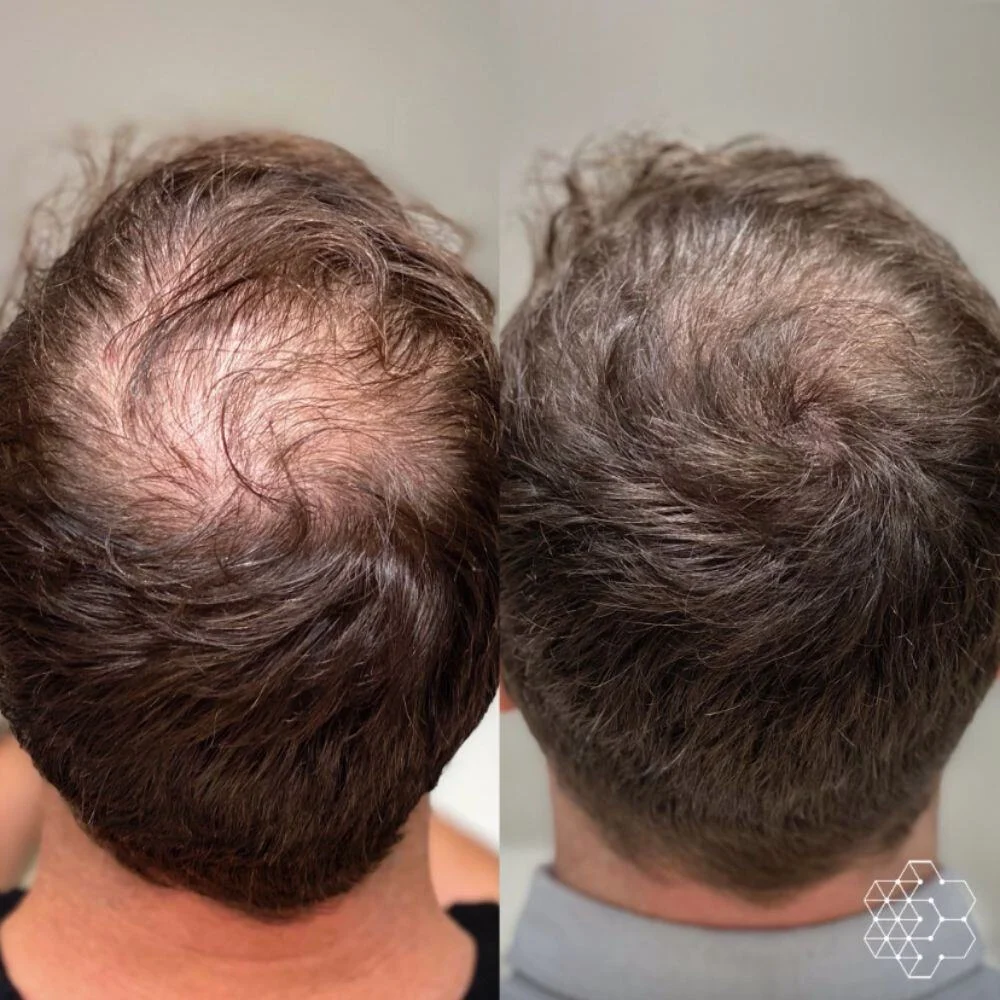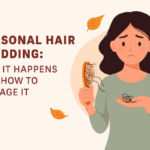Sometimes, thinning hair creeps up slowly, and you won’t always notice it right away. One week, your hair feels the same, and then a few months later, you spot a wider part or more scalp showing than you remember. It can be a surprise! But noticing these changes early can make a difference. So let’s talk about what to watch for and when it might be time to pay closer attention.
Recognizing the First Hints
Usually, you might first catch a glimpse of more scalp in the mirror or notice that your part looks wider than it used to. For some people, there’s a sudden realization; maybe while styling or brushing, they spot small clumps. For others, it’s a gradual process. If you observe more thinning, a hair transplant in Hyderabad is the best option to regain lost hair before it is too late.
Common early indicators include:
- A gradual thinning on the top of your head, with your scalp peeking through a bit more than before.
- A receding hairline that becomes especially noticeable around the temples.
- Circular or patchy bald spots, sometimes smooth to the touch.
- Hair falling out in clumps when combed or washed
Where Does Thinning Start?
Men and women notice thinning in different spots.
- For men, thinning typically starts at the crown (top/back) or with a receding hairline at the forehead, sometimes progressing into a “horseshoe” shape.
- Women, on the other hand, are more likely to see a general thinning across the scalp, notably a wider part down the middle.
If you have a family member with thinning hair, especially a parent, you might be more likely to spot these changes earlier in your own hair. But sometimes, thinning is patchy and doesn’t fit the usual patterns; alopecia areata can cause round, smooth bald patches anywhere, and other medical issues might be at play.
When Is It Time to Get Help?
Occasional hair shedding is normal. It’s absolutely routine to lose about 50–100 hairs a day. But some signs suggest you should talk to a doctor or dermatologist:
- You spot sudden patchy baldness.
- The scalp looks inflamed, itchy, or is shedding skin.
- There’s dramatic or sudden hair loss, especially after an illness or big life event.
- Your hair feels noticeably thinner week-on-week, and it’s affecting your confidence or daily routine.
A doctor will be able to quickly suggest the right treatment.
Conclusion
Hair thinning is common, and noticing it early puts you ahead. There are effective ways to address it, whether through lifestyle tweaks or seeking expert advice. In case hair thinning is more, choosing a hair replacement in Hyderabad at our clinic can help. Reach us immediately on +91 8008445511.
FAQs
1. Are there lifestyle or dietary factors that make thinning hair worse?
Yes, factors such as poor nutrition, chronic stress, and frequent use of harsh hair treatments can make hair thinning more noticeable.
2. Can thinning hair ever regrow on its own without treatment?
In some cases, hair may regrow after addressing underlying issues like nutrient deficiencies or stopping habits that cause friction or pulling. However, persistent thinning often needs medical attention for the best results.




